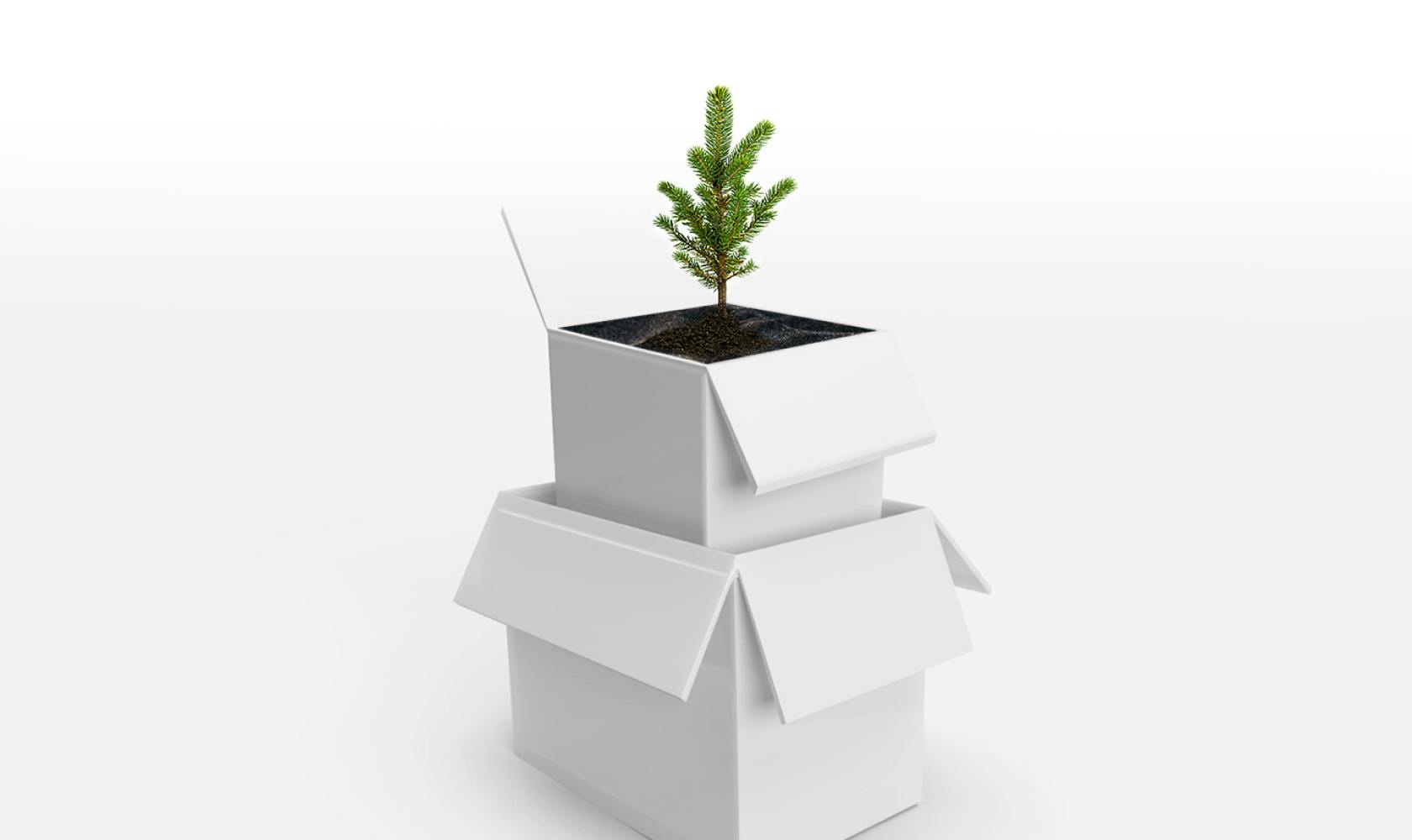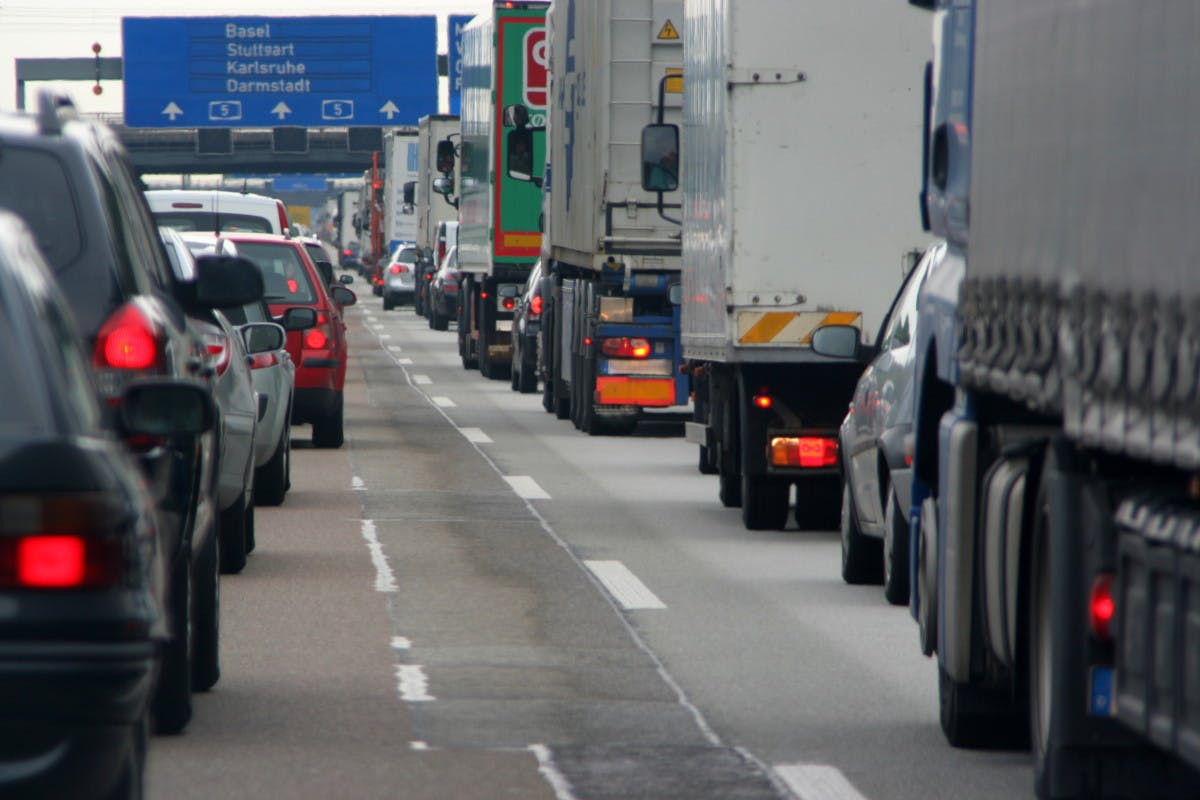Will Brown, Director of Packaging at Stord sat down with Meng Li, founder of hyper-functional and expertly designed diaper backpack company Huhu, to discuss the ins and outs of sustainability for ecommerce brands, the challenge of balancing sustainable packaging with an exciting customer unboxing experience, innovations in the packaging space, and more. This interview was originally posted on Li's blog Look Hu's Talking. The full blog post is below:
I’ve never been able to fully square away ecommerce and the impact it has on the environment. There’s no question that the volume of packaging produced by online shopping has serious environmental implications, especially since we now know that recycling programs in many municipalities are highly ineffective.
I shudder when I think about all the cardboard boxes and plastic mailers that showed up my doorstep over the past few years when my volume of online shopping increased during Covid. (I’m not the only person that used online shopping as a way to cope and feel something during those dark times of spring and summer 2020 right? RIGHT?!)
I think most ecommerce brands would prefer to use more sustainable packaging, but it’s easier said than done. A couple of issues I’ve experienced when developing packaging:
cost: plastic packaging is can be significantly cheaper than paper or other biodegradable forms of packaging.
quality and performance: plastic packaging is waterproof and usually more durable than other materials.
brand experience: the ‘unboxing’ moment has become a big part of an ecommerce business’ overall branding strategy. As much as I think that I don’t care that much of about how a product arrives, I received a pair of shoes in a sad scuffed up bag the other day and the overall experience kind of sucked.
I’ve been thinking a lot about the delivery packaging for Huhu and how to balance sustainability, cost and giving consumers a more elevated experience. I know I don’t want crazy fancy packaging with bells and whistles. A soft goods product like a backpack also thankfully doesn’t need a whole lot of packaging to keep it intact during the shipping process. But I also don’t want to ship products out in a plain white plastic baggie. I asked Will Brown, Director of Packaging at Stord for his advice on sustainable packaging. Will knows his sh*t. We worked together when Will was managing projects at a company that was the packaging supplier for many large DTC brands like FabFitFun, Figs, Casper.
Q: What do you think are some ways ecommerce brands can implement more sustainable packaging practices?
A: There’s a number of ways address this, but at its core this breaks down into three areas:
1. Remove and/or replace. At its core, the most sustainable packaging strategy is to use the least amount of packaging possible that (1) adequately protects the products in transit (nothing less sustainable than replacing broken product) and (2) delivers the unboxing and customer experience that matters most to the brand. One area of packaging that comes to mind as ripe for removal/digital replacement: most marketing inserts and product related pamphlets. Why? Since Covid began, QR codes have had a renaissance and instead of a static pamphlet with a referral code, offer brands an opportunity deepen a digital engagement with the customer.
2. Choosing the right form factor. This one is box-specific, but there is a huge degree of variance between box styles of the same dimensions, and the amount of material needed to produce each box. Understanding how material efficient a given packaging form factor is is very important, and something that can often get glossed over at the design phase. Asking your packaging supplier or design expert to walk through these considerations at the design phase is key.
3. What actually shipped. This one actually has very little to do with the packaging and a lot to do with the fulfillment partner. Brands can put a ton of work into designing and producing the correct box sizes, but if the incorrect size for an order is picked-and-packed at the fulfillment center, then it’s all for naught. Understanding what logic w/r/t to container choice is used or what system is being used in box selection at the order level is critical to ensuring that all the great work that brands are doing is operationalized correctly.
Q: How do you think brands should think about the trade-offs between that exciting and visually appealing unboxing experience vs. environmentally friendly packaging? Are there creative ways to have both?
A: Things to avoid:
foil (hot and cold)
metallized films (can only end up in the landfill)
films that are made up of multiple types of plastic that cannot be recycled.
Some of the most exciting developments of the past 3 year are actually around dunnage (materials used to keep product in place and protect from shipping damage, like packing peanuts, crinkle paper, air pockets.) While brands (for good reason) are tired of crinkle paper, butcher paper etc, there are new entrants to the market that offer
the ability to dye dunnage to a specific PMS color
much more elegant visual appeal - like Spiropack.
different types of heavier-weight tissue paper that can be flexographically printed to offer an elevated unboxing.
Q: What are some innovations in the packaging space that you are really excited about, that address some of the environmental problems associated with ecomm packaging?
A: There’s three I’ll share today. The first is and second will be most relevant to apparel/fashion brands.
1. There are new paper based mailers on the US market that are produced with a very very thin poly coating on the outside of the mailer envelope. This offers a high degree of water resistance in transit, but because the poly coating is so thin, it washes off naturally in the recycling and re-pulping process. These paper envelopes offer the many fashion companies shipping pants, sweatshirts etc all in poly mailers a universally curbside recyclable alternative, which is a big deal.
2. The second is a patented material called Flexi-Hex. If you’ve ever been frustrated by the proliferation of air pillows and other plastic types of dunnage you’ll get in an Amazon or other kind of box, Flexi-Hex is game changing. It’s a honeycomb based paper packaging that is incredibly strong and capable of protecting breakable items (glass, ceramic, wine bottles) from being dropped at significant heights.
3. And last, there are finally enough paper padded mailer options being produced in N America to offer brands a viable alternative to bubble mailers. For many many years, brands that wanted to avoid a bubble mailer had only one option: a Jiffy mailer filled with macerated newsprint, that oftentimes got all over the place when you opened it. There’s at least 5 national manufacturers producing padded mailers in N America at varying price points and sizes now. I’m optimistic to see continued adoption of these specs.
Q: I see a lot of dubious sustainability claims out there. How much can we trust the sustainability claims that suppliers are making and how can brands verify whether the claims are accurate?
A: First and most important is understanding whether or not a certification is for a material or a finished good. Take for example the AS5810 which is an Australian home compostable certification, or ASTM D6400 which is industrially compostable in N America. Many times, the actual manufacturer that owns the certification may only have it at a material level. So, using the example of a bubble mailer, it could be that both the bubble and the flat film hold the certification, but that the actual finished product has not been certified. This actually does matter given that the total thickness of the bioplastic will affect speed of degradation. So, getting really clear on if it is a material or finished certification.
Also, asking for samples is huge here. Brands often want to show off these certs, so usually have them printed on their products. This is a great opportunity to spot check.
If you want to learn more about ecommerce packaging, here are some additional resources:
1. Read Why Shrinkwrap a Cucumber? The Complete Guide to Environmental Packaging
2. Follow Will on LinkedIn - he often writes about the sustainability and innovations in the packaging and logistics spaces.
Connect with Huhu and learn more about the launch of their hyper-functional and expertly designed diaper backpacks to help parents keep it together.






